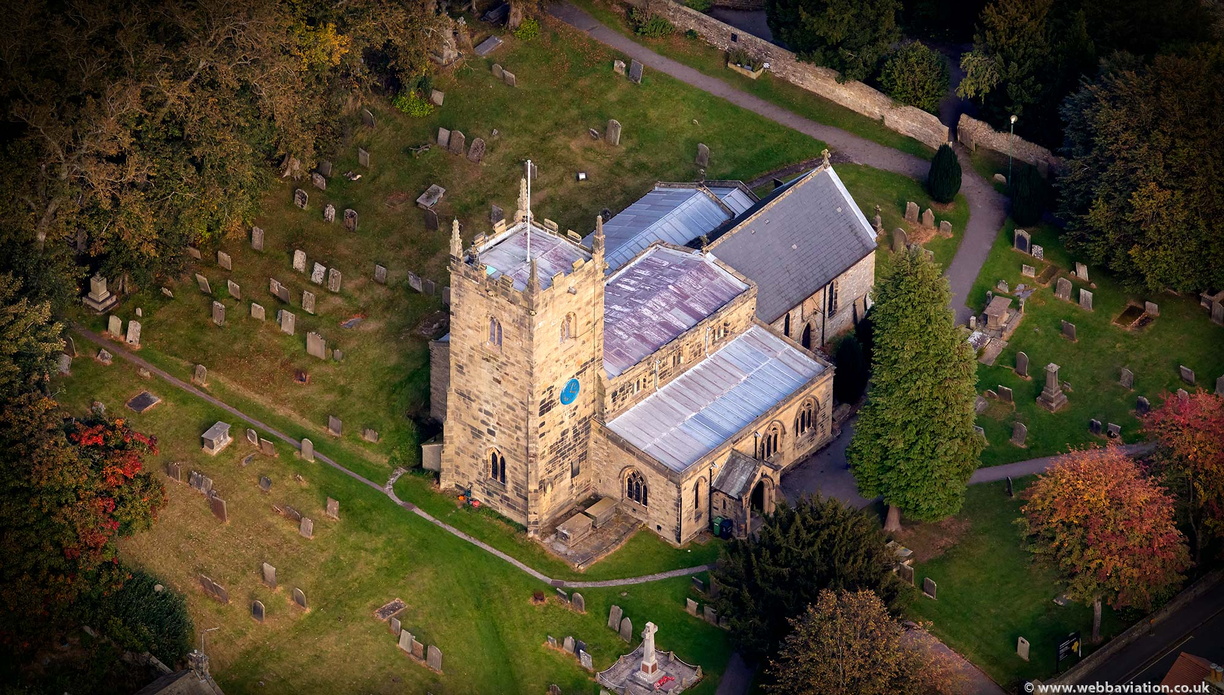
| Buy this picture |
Derbyshire UK.
their place in history.
The year 1665 had been uneventful, the Civil War was over and Charles II was back on the throne. The Plague arrived in London, probably in bales of Cotton from Holland where the disease, Yersinia pestis, better known as the Black Death, had been intermittently present since 1599.
It was a bale of cloth that brought the disease to Eyam and its first victim was George Viccars. He was a tailors assistant who opened the bale and released its deadly cargo of plague carrying fleas. He died a few days later and was buried on 7th September 1665.
In the Autumn and winter of 1665 the plague took its deadly course through the population of the village. The Taylor who employed Viccars also died along with his two step children.
The rector , fearful that surrounding towns and villages would be infected, came up with a plan. Eyam would be quarantined, sealing the plague in the village with a "cordon sanitaire" and protecting surrounding communities. That meant no escape for the villages and with a mortality of 30-60% it would mean death for many of them.
The death toll reached its peak in August of 1666 with half a dozen people dying every day. In some cases entire families were wiped out. In the case of Elizabeth Hancock she lost her husband and all six children in a week.
Mompesson continued to provide church services but moved them outdoors where social distancing was practised. In August the Rector lost his wife to the disease. Catherine Mompesson had tended the sick and paid the ultimate price. She was laid to rest in St Lawrence's Church and her grave can be seen in the photograph immediately to the right of the Church, surrounded by 4 posts and a chain. She was just 27.
As Autumn moved in the plague subsided claiming its final victim, Abraham Morten, on 1st November 1666. In all the plague had claimed 260 of the villagers lives, somewhere between 1/3 and 2/3 of the population.
The Plague outbreak of 1666 was the last occurrence of the Black Death in England, although, even today, Yersinia pestis occasionally appears in remote parts of the world.
While the total death toll in England was high, improved science and understanding meant that it was considerably less than the when the Black Death swept the land in the medieval period. Practices such as immediately burying the dead near where they died , holding church services outside and sterilising money with Vinegar which was left at the boundary of the village to pay for supplies, all contributed minimising the mortality. Despite the death toll, the villages observed the Quarantine and saved countless lives by preventing the spread of the disease to the surrounding area
- Albums
- Visits
- 2984
 , Jonathan C.K.Webb.
, Jonathan C.K.Webb.